How does it work? | Snow melting installation
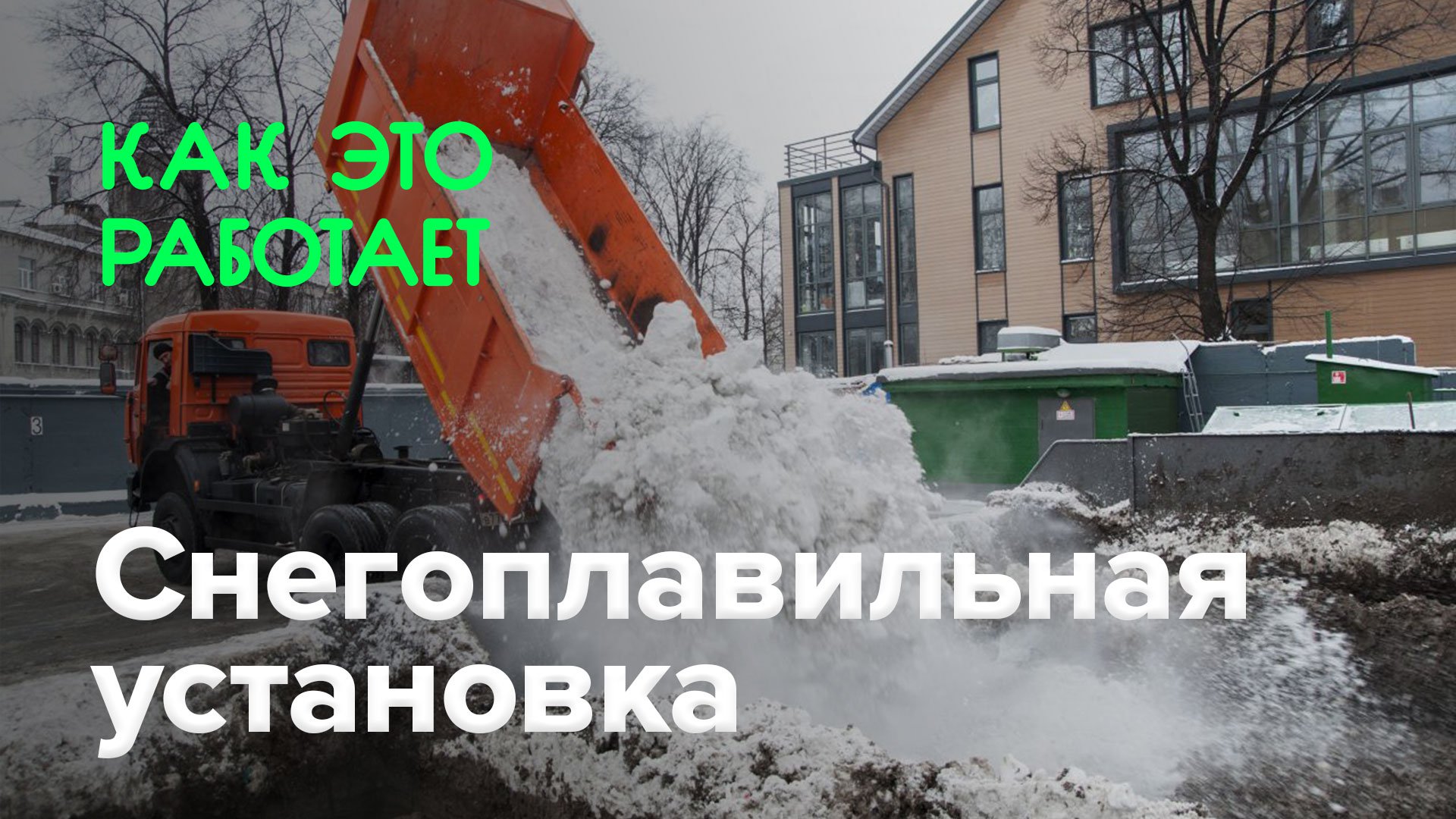 Source:
Source:
Snow melting installation — it is a device for processing, or, in other words, melting of snow and ice in an urban environment. Their use is essential in the winter season when abundant snow utilities to take out the tons of snow that need to be disposed of. Today in Moscow, there are 48 stationary snow melting points. How they work — this was in today's issue!
The Principle of operation of any snow-melting units based on the use of heat, leading to melting of snow. The installation consists of a hopper or chamber, a unit for generating and filtering system.
On the surface of any installation placed a grating, on which trucks dumped the snow masses. In the first stage is primary processing of imported snow – grid delay most large debris. The very same snow-melting chamber located inside the unit under the ground. There is no direct process of forced melting of snow.
As an element for heating snow melting installation may use a diesel or gas burner. The bunker is divided into 2 sections: the first are burners, and the second accumulated snow mass. Burner form the flow of hot gases and direct them on the heat exchanger, and melting the solid precipitation in the cell.
After the formation of melt water special mechanism filters out the remaining debris, and the liquid passes through the local treatment facilities in arrears in sand and other fine particles and discharged into the sewer. This allows to avoid clogging of sewers.
Since the discharge of the snow mass and before their complete dissolution in the melting chamber is about 3-4 minutes. During this time the plant is capable of processing up to 10 tons brought by precipitation.
There is also a more simple method of melting snow — with the help of running water. Snow mass is discharged into a bunker filled with hot water, where it naturally melts. The snow is constantly mixed with the incoming water preheated to eighteen, and sometimes thirty degrees. As these are cleared of snow masses in the foundry, the water level in the hopper rises. Excess water passes through vertical drain pipes and filters and then is discharged into the Sewerage network.
Stationary snow-melting stations are often combined with heating channels and drains, which allows to optimize the operation of equipment.
In Addition to the fixed installations, there are mobile station. They work on the same principles, but in view of the dimensions capable of melting smaller amounts of snow: about 90 cubic meters per hour against 300. The average time of such a smelting unit without refueling is about eight hours.
Recommended
Mystery of the Sargasso sea, and why there were dead ships
At the time, in the Sargasso sea lost a lot of ships. Almost all mystical place, about which people say, giving them a mysterious halo, are on the water. When ”ends”, the disappearances do seem very strange and inexplicable. One of the places that ar...
An air leak site has been found on the ISS. What's next?
Air leak occurs in Russian station module Inside the International Space Station live astronauts from different countries and all of them need oxygen. The air needed for the life of the crew is produced by special equipment, but the tightness of the ...
Why can thinking about death make life happier?
Awareness of one's own mortality can be a liberating and awakening experience How do you feel about the idea of death? How often do you think about it and what emotions do you feel? Many of us have been pondering these questions lately. The pandemic ...
Related News
the ship's hoist — it is a kind of Elevator for vessels, alternative shipping gateways, which we described in the last issue. The first experimental ship lift for lifting and lowering of boats was designed by James Fossella ...
Died last male Northern white Rhino
the Last male of Northern white Rhino (Ceratotherium simum cottoni) died in Kenya on March 19. This species was once widely distributed throughout the African continent, but closer to the middle of the XX century the population nu...
How to change the life, if the energy will be free?
the Development of technology leads to the fact that the value of many things tends to zero. What we once paid so much, now is cheap or even get for free is to buy a computer, to call on the other end of the world, take a photo, w...
How does it work? | How does the shipping lock
the First shipping lock, which was carried out alternating the alignment of the water level, was invented by Qiao, Value 984 year and built on the Great Chinese channel. The gateway was a straight section with a length of 76 meter...
Fly Elephant: first flying 3D printer
it would Seem than can surprise manufacturers of 3D printers, even if liquid metal can be used for printing? But the Chinese company DediBot all the same managed to do something unique: flying a 3D printer Fly Elephant. Well, if y...
How does it work? | Rail cable car
last week we told you about how to operate a gondola, but today we will focus on a different type of cable cars — rail. Vehicles that carry passengers on them or the goods are called funiculars. First use of the funicular as...
How does it work? | Cable-cableway
In 1834, the German engineer albert Vogts invented the metal rope of intertwined steel wires. And after three decades in the North of Switzerland near Schaffhausen has introduced the world's first cable car for passengers. With it...
the First escalator in the form of "circle stairs" was patented by the American inventor Nathan Ames in 1859, however, it has never been used. Almost 30 years later, in 1892, the American Jesse Reno patented the "inclined lift". I...
How does it work? | Introscope
introscope — it is a special x-ray device allowing for the study of internal structure of object and processes without having to open. The endoscopes are widely used for inspection of personal belongings at airports, railway...
The company Facebook has introduced a new unit of time
We are accustomed to the fact that time is measured in seconds, minutes, hours, months, years and so on. In the case where high accuracy is required, we use milliseconds or nanoseconds. It would seem, why invent the wheel and intr...
How does it work? | BitTorrent
BitTorrent — is a network Protocol for exchanging files over the Internet. It was created by American computer programmer Bram Cohen, who wrote the first torrent client "BitTorrent" in Python in April 2001. Files according t...
#CES 2018 | the Visitors had to spend several hours in the dark
a Few hours ago one of the largest technology exhibitions in the moment, the Las Vegas Convention Center, are actually frozen. The fact that the premise of almost 58 thousand square meters of unexpectedly plunged into darkness at ...
the Wi-Fi was created in 1998 in the laboratory of radio astronomy in CSIRO in Australia. The Creator of the wireless communication Protocol is engineer John O'sullivan. The term "Wi-Fi" was originally coined as a play on words wi...
Bluetooth — it is a technology for wireless transmission of data between devices at a distance up to 100 meters. Work on the creation of Bluetooth was started in 1994 by a manufacturer of telecommunication equipment Ericsson...
How does it work? | Sleep tracker
it is known that human sleep consists of repetitive cycles of REM and NREM sleep. The average duration of each cycle is approximately one and a half hours. A good rest is sleep, which includes 5 full cycles. Thus, for maximum effi...
the First pedometer was invented by the French mathematician Jean Fernely in 1525. The device was a system of gear wheels and gears that are driven by an oscillating lever. He spun the arrows on the four dials, which are consisten...
How does it work? | Portable heart rate monitor
Monitor — a device for monitoring heart rate in real time. Electrical activity of the heart was opened in the late 19th century, and in 1902, Willem einthoven was the first, who is technically registered with a string galvan...
How does it work? | A quantum computer
a Quantum computer is a computing device that uses the phenomena of quantum mechanics to transmit and process the data. The idea of quantum computing was independently proposed by Yuri mininum and Richard Feynman in the early 80-i...
How does it work? | Satellite navigation system
the Idea of creating a satellite navigation system was born in the 50-ies of the last century. American scientists led by Richard Kershner watched the signal coming from the Soviet satellite, and found that due to the Doppler effe...
#photo of the day | NASA published pictures of a giant iceberg separated from Antarctica
in July this year, one of the largest in the history of our planet iceberg A-68A is separated from of the Larsen ice sheet in Antarctica. It is difficult even to imagine a giant piece of ice with an area of over 6000 square kilome...



















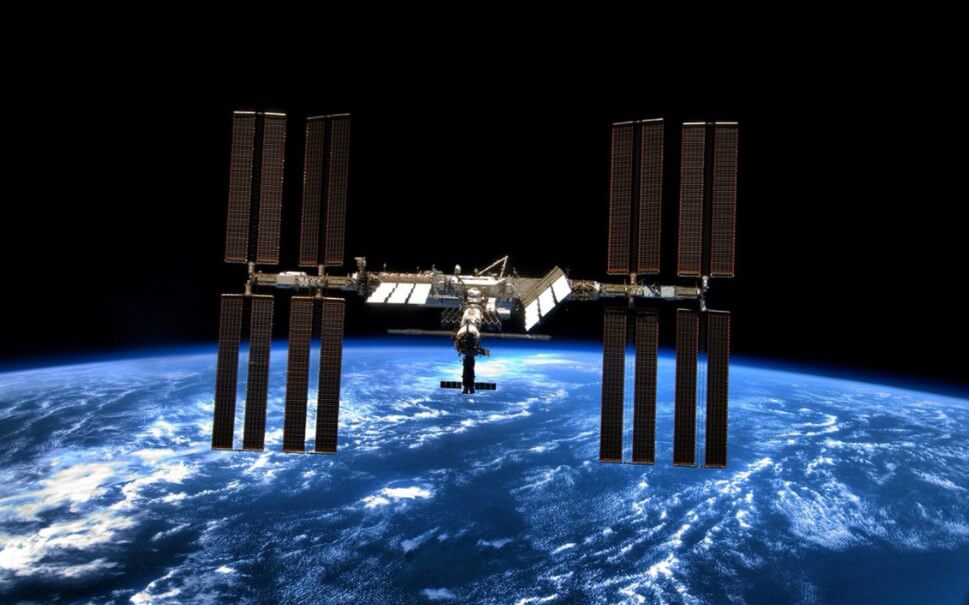

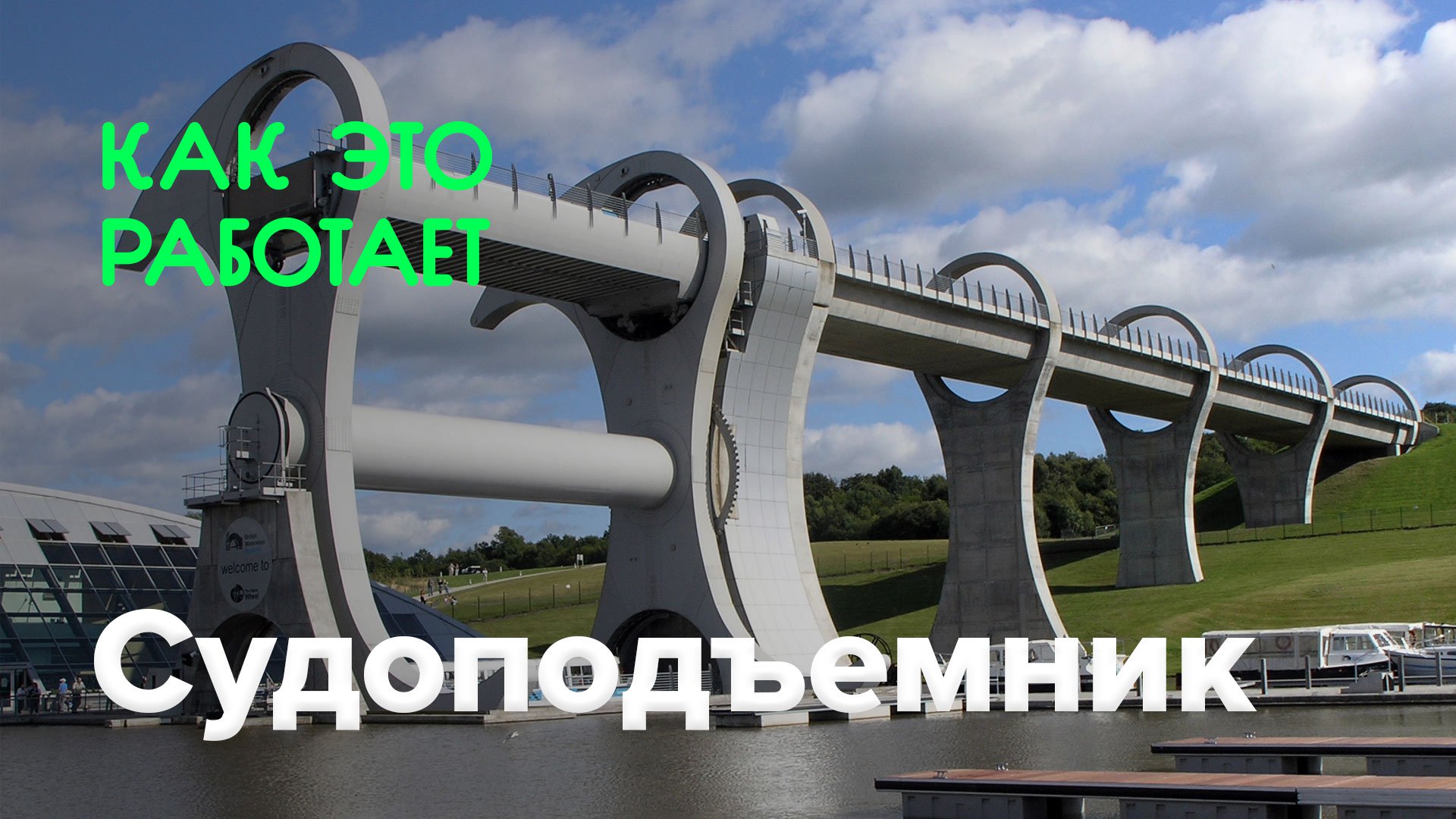



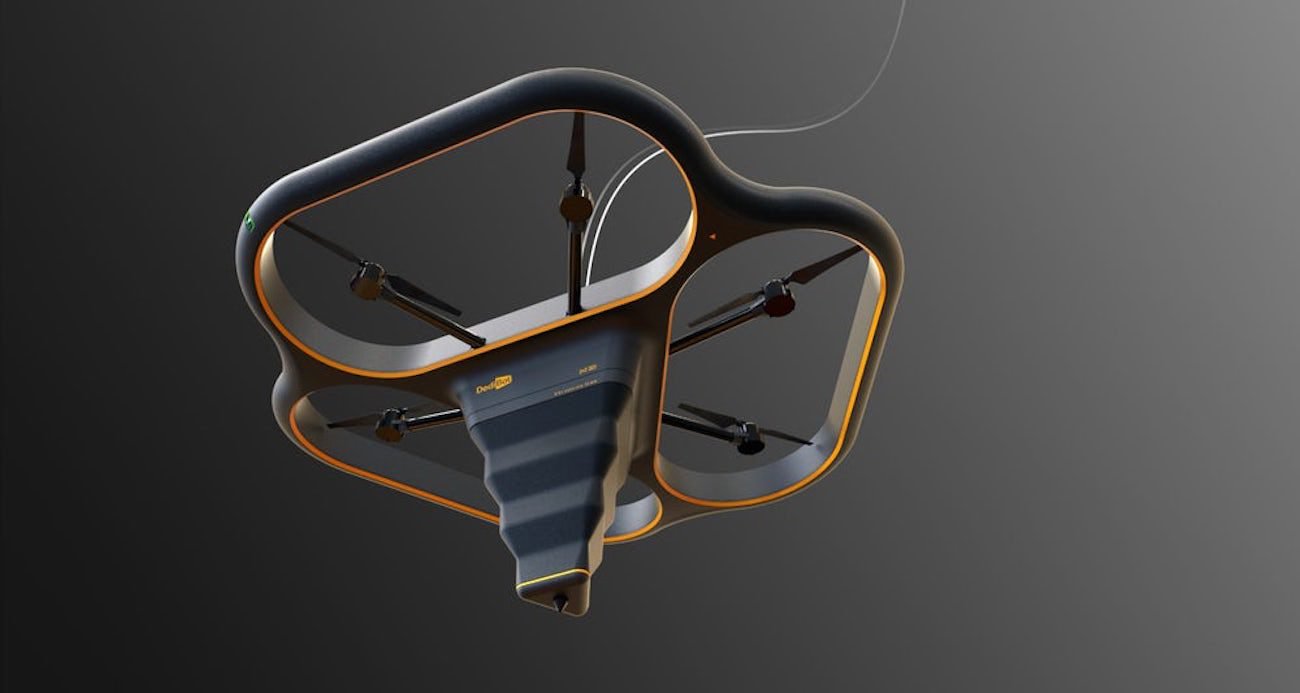

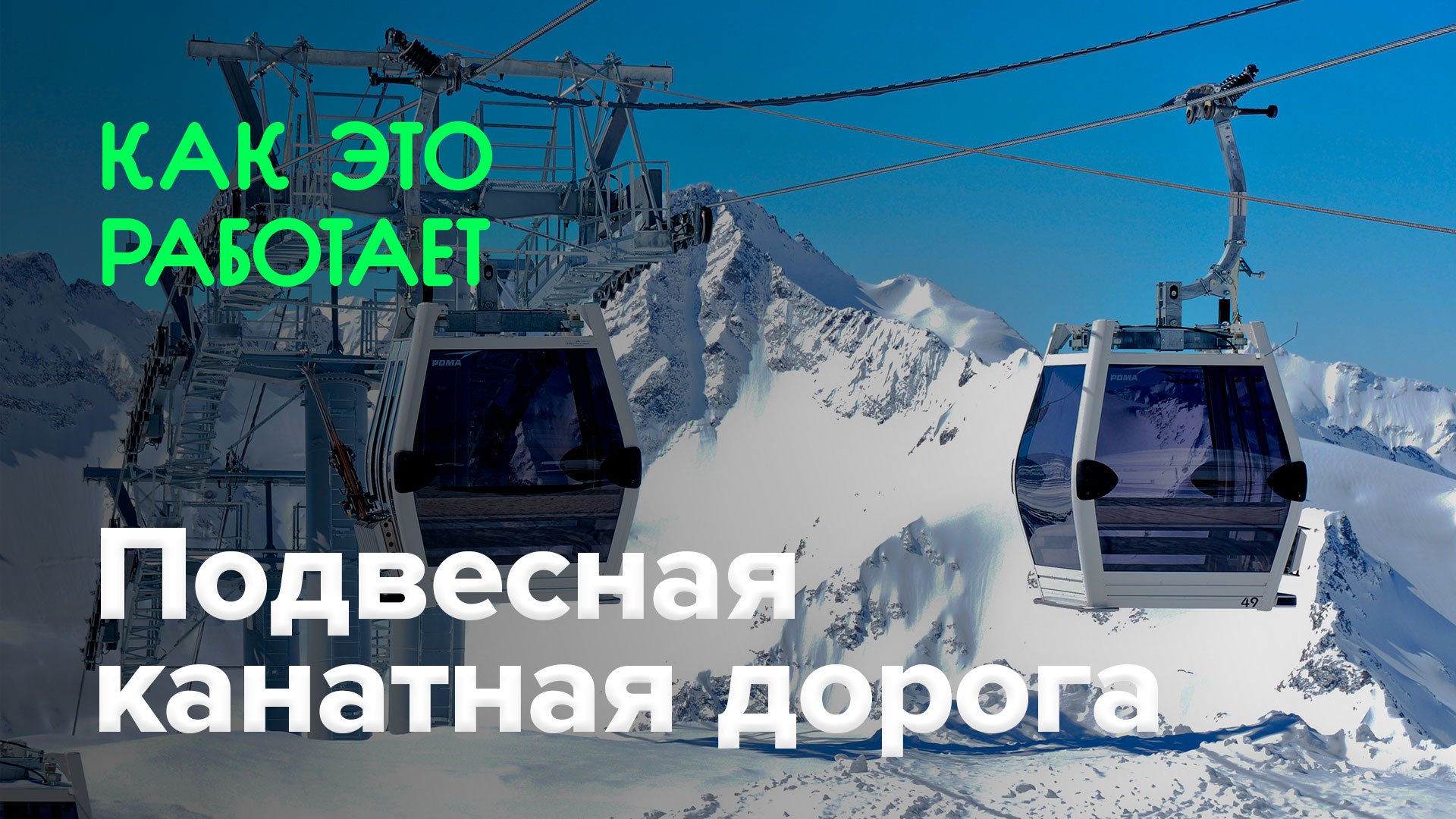

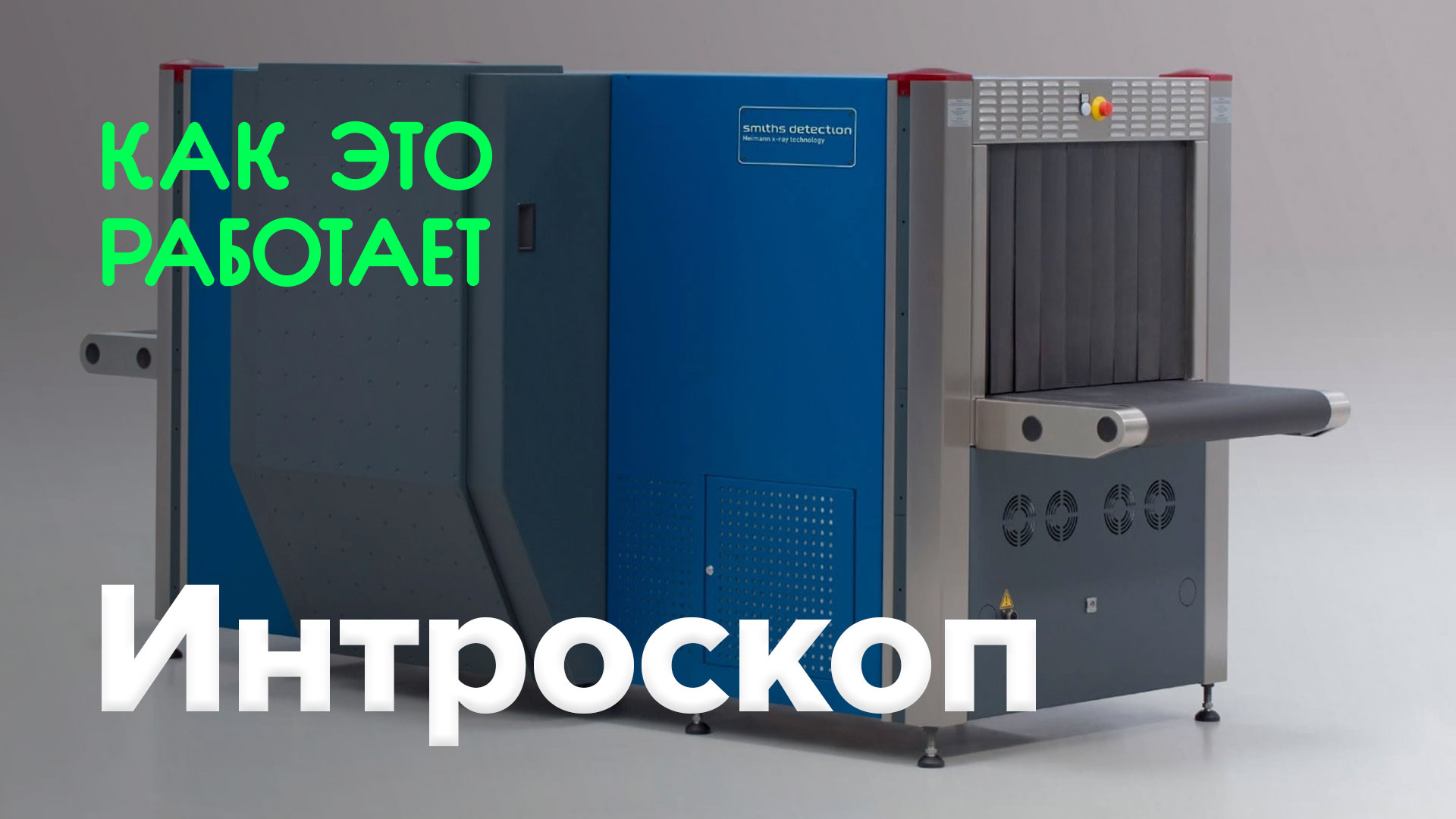



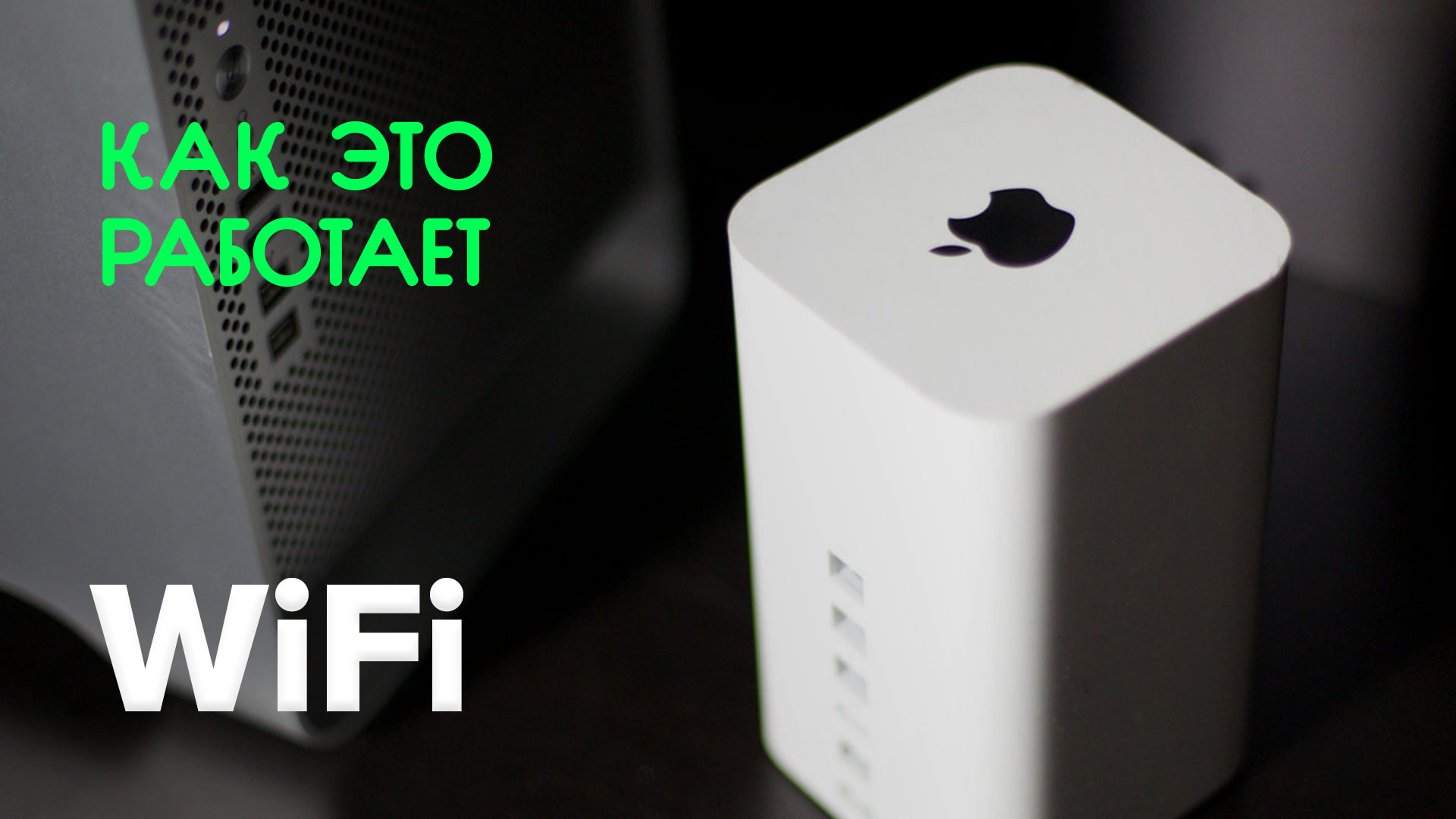






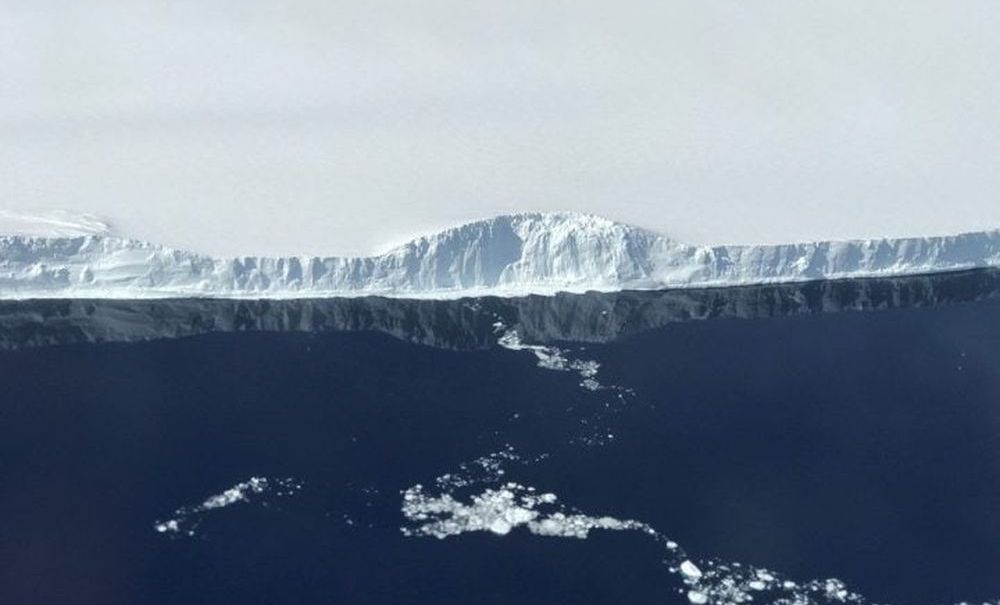
Comments (0)
This article has no comment, be the first!